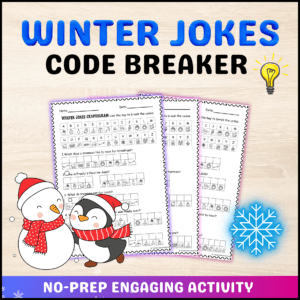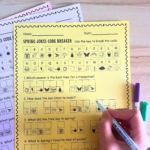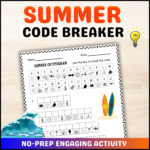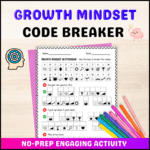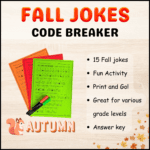Winter Jokes Guaranteed to Make Kids Laugh!
Hey there, teachers and parents! Are you ready to sprinkle some laughter into your winter days? We’ve got just the thing for you: a collection of winter jokes that are sure to bring smiles and giggles to kids of all ages. Whether you’re looking to brighten up a classroom or entertain little ones at home, these jokes are perfect for spreading some seasonal cheer.
15 Winter Jokes:
- How do snowmen travel around? By icicle!
- What do snowmen eat for breakfast? Frosted Flakes!
- How do snowmen greet each other? Ice to meet you!
- Why was the snowman looking through the carrots? He was picking his nose!
- What do you call a snowman with a temper? A meltdown!
- What do snowmen like to do on the weekend? Chill out!
- How do snowmen travel from place to place? By snowmobile!
- How do you scare a snowman? You get a hairdryer!
- What do snowmen wear on their heads? Ice caps!
- What falls but never gets hurt? Snow!
- What’s a snowman’s favorite Mexican food? Brrrr-itos!
- What does Frosty the Snowman take when he’s feeling sick? A chill pill!
- How do you keep from getting cold feet? Don’t go around BRRfooted!
- What do you call a snowman that tells tall tales? A snow-fake!
- How does a snowman lose weight? He waits until it gets warm and he melts away!
Benefits of Using Winter Jokes
Winter jokes aren’t just for entertainment; they’re powerful educational tools. From improving vocabulary to sparking imaginative thinking, jokes can be used in so many ways. Whether you’re a teacher planning a lesson or a parent looking to make homework time more enjoyable, jokes are your secret weapon.
How to Use Winter Jokes Effectively
Here’s the secret sauce: using jokes in ways that make learning irresistible. Imagine starting your day with a burst of laughter! Winter jokes aren’t just for entertainment; they’re powerful educational tools that can transform the learning experience. Here are a few creative ways to integrate jokes into your teaching or parenting routines:
Writing Prompts: Use jokes as writing prompts to inspire creative storytelling or persuasive writing. Encourage students to create their own punchlines or expand on the jokes to practice grammar and vocabulary skills in a playful context.
Thematic Lessons: Incorporate jokes into lessons about winter weather, holidays, or seasonal activities. For example, discuss the science of snowflakes after sharing a joke about snowmen or explore cultural traditions around winter holidays through related jokes.
Morning Announcements: Start the day on a positive note by sharing a joke during morning announcements. It sets a cheerful tone and fosters a sense of community among students or family members.
Reward Systems: Use jokes as rewards for good behavior or academic achievements. Children will eagerly anticipate sharing a joke with their peers or receiving a joke as a reward for their efforts.
Family Bonding: At home, incorporate jokes into family routines like mealtime conversations or bedtime stories. It’s a simple way to bring laughter into everyday moments and create lasting memories together.
Conclusion
Ready to add a dash of winter fun to your classroom or home? Check out our Winter Jokes Code Breaker Cryptogram! This engaging cryptogram activity is perfect for various grade levels, serving as a morning warm-up, icebreaker, or brain break during the winter season. With no prep needed, simply print and go—making it a hassle-free addition to your lesson plans or family activities. Spark laughter and learning with themed jokes while boosting language skills and critical thinking.
